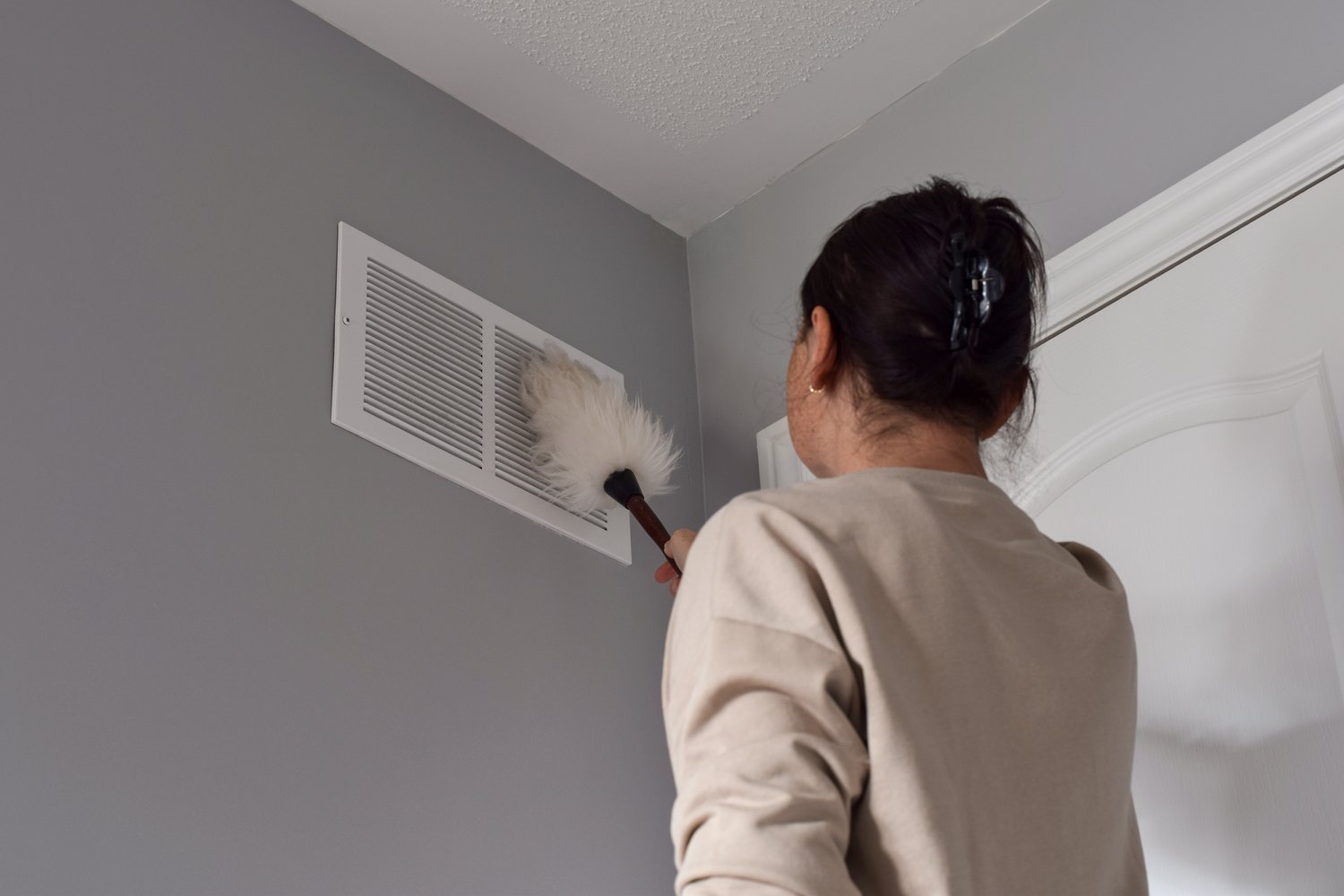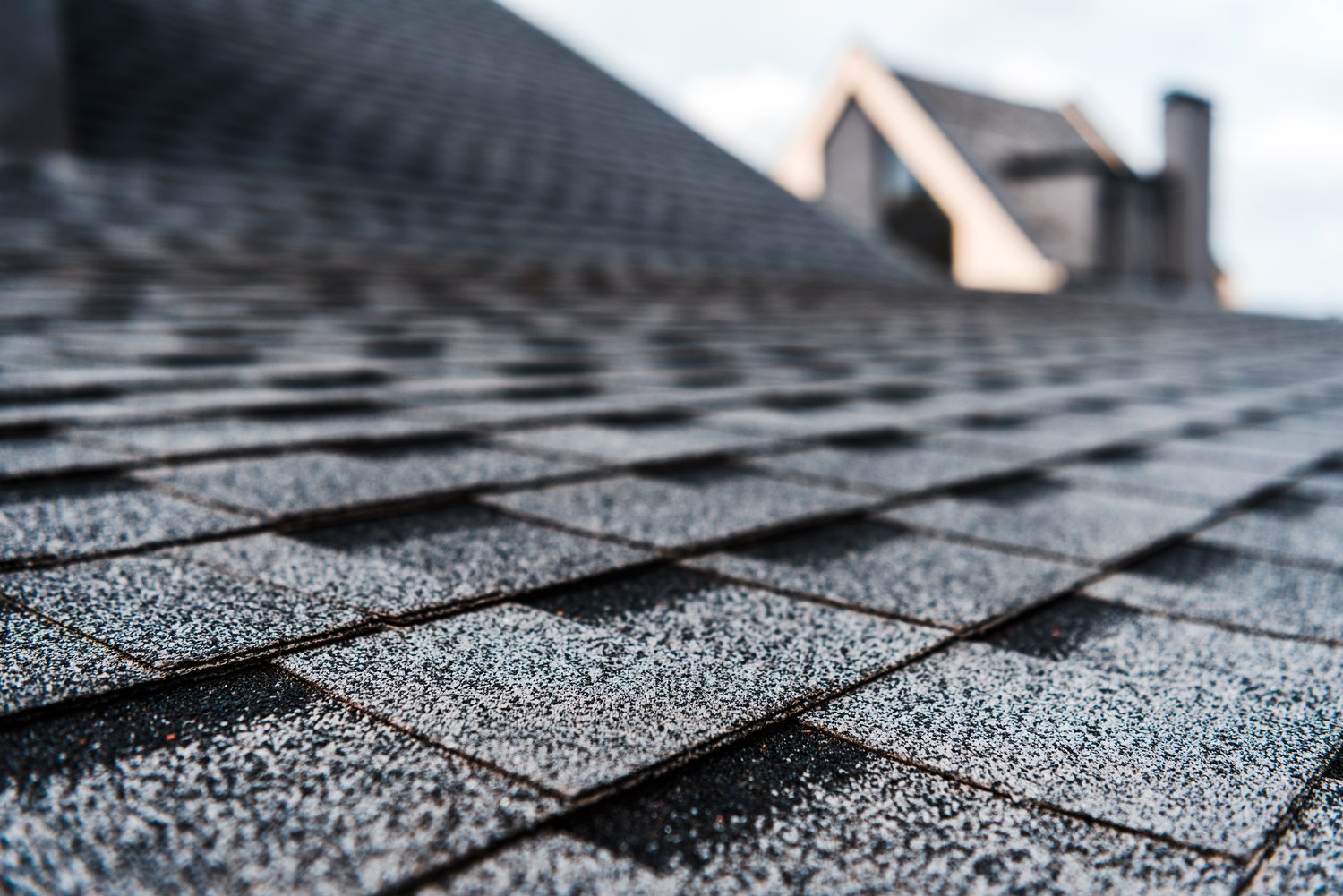Completing a home renovation project brings excitement and satisfaction, but it also leaves behind a considerable mess that requires thorough attention. Post-renovation cleaning involves specialized techniques and tools designed to address construction debris, fine dust, and potentially harmful particles that regular cleaning methods might miss. This article explores why professional cleaning after construction work is crucial, what the process entails, and how specialized after builders clean services can protect your health and preserve your newly improved space.
The Hidden Challenges of Construction Dust
Renovation projects, regardless of size, generate an extraordinary amount of dust that settles on every surface imaginable. This isn’t ordinary household dust – construction dust contains microscopic particles of drywall, wood, concrete, and other building materials that can penetrate deep into fabrics, ventilation systems, and even your lungs. The dust removal after renovation process is critical because these particles can cause respiratory issues, allergic reactions, and skin irritations if not properly addressed. Additionally, construction dust is remarkably persistent, continuing to appear on surfaces for weeks or even months after the renovation if not thoroughly eliminated through specialized cleaning techniques.
Why Regular Cleaning Methods Fall Short
Your standard household cleaning routine simply isn’t designed to handle post-construction debris. Construction cleanup service providers understand that renovation dust requires a systematic, top-to-bottom approach using specialized equipment like HEPA filter vacuums that can capture the smallest particles. Regular household vacuums often recirculate fine dust back into the air, defeating the purpose of cleaning. Furthermore, construction projects may leave behind potentially hazardous materials like paint fumes, adhesive residues, or silica dust that require professional knowledge to safely remove. Attempting to tackle post-renovation cleaning yourself could result in inadequate results and potential health risks.
Components of a Professional After Builders Clean
A comprehensive after builders clean process follows a meticulous sequence designed to prevent cross-contamination and ensure no area is overlooked. Professionals typically begin with dry cleaning methods, removing larger debris and vacuuming all surfaces with specialized equipment. They then progress to wet cleaning techniques, addressing stubborn dust residues on floors, walls, fixtures, and windows. Special attention is paid to often-overlooked areas such as light fixtures, ceiling fans, HVAC vents, and behind appliances where construction dust loves to hide. The process also includes sanitizing bathrooms and kitchens, cleaning inside cabinets and drawers, and ensuring that no construction adhesives, paint splatters, or window stickers remain.
Protecting Your New Investment
Your renovation represents a significant investment in your property, and proper post-renovation cleaning helps protect that investment. Without thorough cleaning, fine dust particles can damage new finishes, clog HVAC systems, and interfere with the functioning of new appliances and fixtures. Surfaces that appear clean may actually be covered in a fine layer of abrasive dust that can cause premature wear when touched regularly. AskHomey recommends that homeowners consider professional post-renovation cleaning as an essential final step in any construction project, not an optional extra. This approach ensures that all the craftsmanship and materials in your newly renovated space are properly preserved.
Health Benefits of Professional Post-Construction Cleaning
The health implications of proper dust removal after renovation cannot be overstated. Construction dust often contains irritants and potentially harmful substances that can trigger asthma attacks, cause headaches, and lead to other health problems when inhaled over time. Professional cleaning teams use products and techniques specifically designed to neutralize these risks. They also pay special attention to ventilation systems, ensuring that dust hasn’t compromised your home’s air quality. For households with children, elderly members, or individuals with respiratory conditions, professional post-renovation cleaning is particularly important to create a safe living environment after construction work.
Timing Your Post-Renovation Clean
Scheduling your post-renovation cleaning requires careful consideration. While it’s tempting to clean immediately after contractors leave, it’s often better to wait until all construction activities, including touch-ups and final inspections, are completely finished. However, waiting too long allows dust to become more embedded in surfaces. Most construction cleanup service professionals recommend scheduling cleaning within 1-3 days after the final construction activity. For larger renovations, consider a two-phase approach: an initial cleaning immediately after major work is completed, followed by a more detailed clean after all contractors have finished their tasks.
Selecting the Right Post-Renovation Cleaning Service
Not all cleaning services have the expertise or equipment necessary for effective post-renovation cleaning. When selecting a provider, look for companies with specific experience in after builders clean services. Request information about their post-renovation cleaning process, the equipment they use, and whether they bring their own supplies specifically designed for construction cleanup. Ask about their approach to eco-friendly cleaning, especially important after a renovation when chemical residues might already be present. Reputable companies will offer transparent pricing based on the size of your space and the extent of the renovation.
For more tips and to connect with reliable home service professionals, follow AskHomey on Facebook and Instagram.



